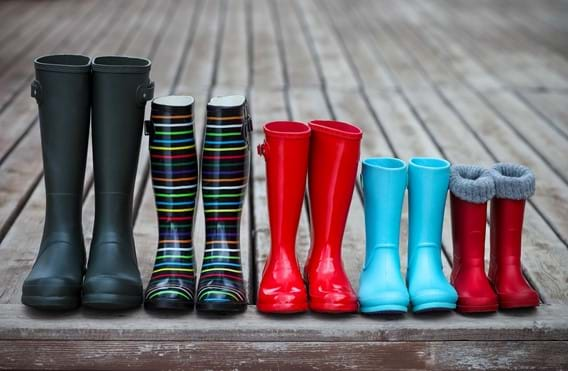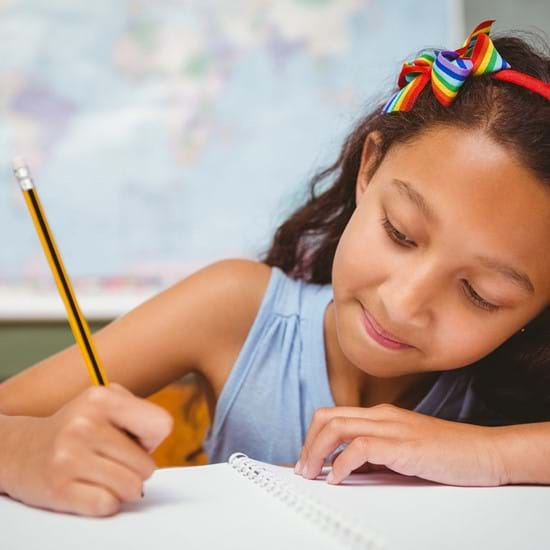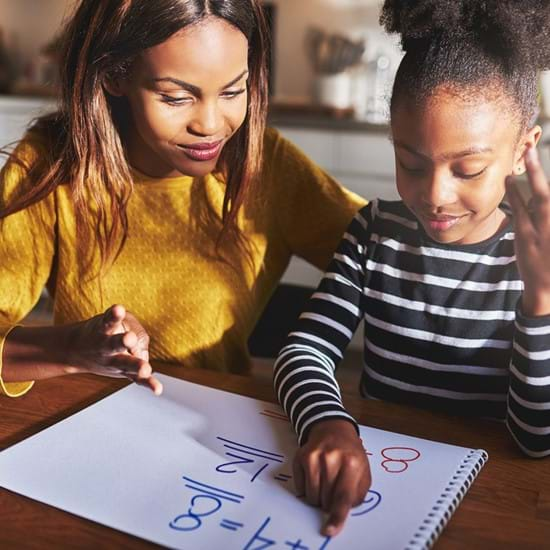
5 Hands-On Activities to Teach Measurement

Written by: Succès Scolaire
What can we measure?
Of course, you can measure an object’s height, length and width, but you can also measure its surface, volume, and capacity, as much as you can time and money. That’s a lot to learn and understand! This means that kids need time and practice to truly master these skills, and there is no better way to do so than by playing and exploring!
Comparing Game
Encourage your child to make comparisons:
- Which piece of string is shorter?
- Which is faster: a turtle or a cat?
- Which container can hold the most macaroni?
- Which finger is the longest: your middle finger or your pinky?
From smallest to largest
Get some cereal boxes, cans, books, shoes (don’t be afraid to raid the whole family’s closet), or toys and get your kid to organize them from smallest to largest or shortest to tallest.
Cooking
Thanks to all the teaspoons, tablespoons and cups, cooking allows you to cover a lot of ground in terms of measurement. When baking a chocolate cake, teach your children how to use the measurement tools and have them measure your ingredients. You can take it step further by asking extra questions. For instance, hold up a third of a cup and ask: “How many of these would you need to get a full cup?”
Tick tock, tick tock
Minutes, hours, days, weeks, months, years: time is such an abstract concept for kids! Make a point of stating the time (“In 10 minutes, it will be 6 p.m. This means we’ll have dinner”), and talk about the duration of an activity (“Today it took you 5 minutes to get dressed. Your swimming lessons last 45 minutes. I’ll play with you for 10 minutes, then you’ll have to take your bath.”) You can also refer to the calendar to help your child visualize weeks and months, or to count the days left until his or her birthday.
Money
When it comes to money, start by going over the different coins and bills, and talk about their colour, the drawings on each of them and how much they are worth. You can also get your kid a small toy cash register and pretend that you are in a shop or at the bank. Fun times guaranteed!
Ultimately, remember that repetition is key to comprehension. Your child must keep a positive attitude towards mathematics, so learning should always be a source of fun.
This article was written in collaboration with School Success, a company dedicated to the academic success of primary, secondary, and college students. School Success offers homework help, remedial classes, curriculum enrichment, and test preparation services.


